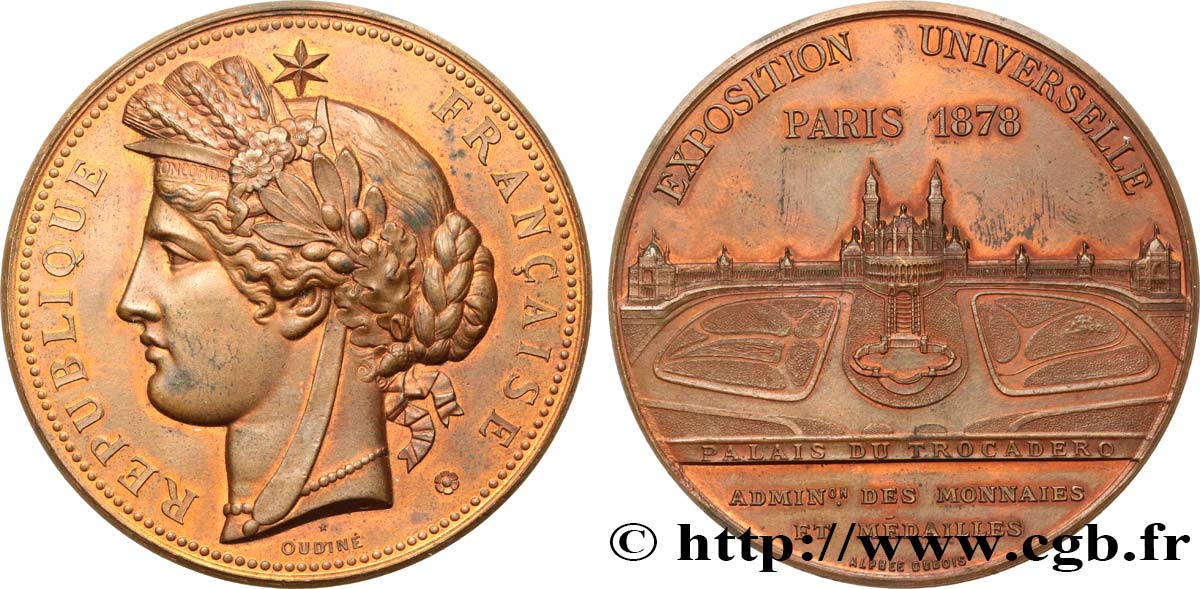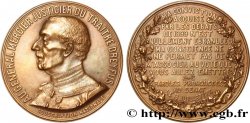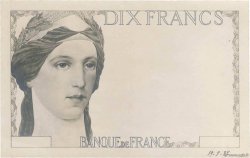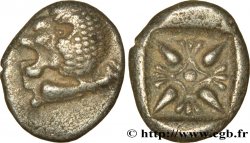Live auction - fme_499987 - III REPUBLIC Médaille, Palais du Trocadéro, Exposition Universelle
You must signin and be an approved bidder to bid, LOGIN TO BID. Accounts are subject to approval and the approval process takes place within 48 hours. Do not wait until the day a sale closes to register. Clicking on "BID" constitutes acceptance of the terms of use of cgb.fr private live auctions.
Bids must be placed in whole Euro amounts only. The sale will start closing at the time stated on the item description; any bids received at the site after the closing time will not be executed. Transmission times may vary and bids could be rejected if you wait until the last second. For further information check the Live auction FAQ
All winning bids are subject to a 18% buyer’s fee.
All winning bids are subject to a 18% buyer’s fee.
| Estimate : | 120 € |
| Price : | 40 € |
| Maximum bid : | 40 € |
| End of the sale : | 14 November 2023 17:05:36 |
| bidders : | 1 bidder |
Type : Médaille, Palais du Trocadéro, Exposition Universelle
Date: 1878
Mint name / Town : 75 - Paris
Metal : bronze
Diameter : 50 mm
Orientation dies : 12 h.
Engraver OUDINÉ Eugène-André (1810-1887) / DUBOIS Alphée (1831-1905)
Weight : 60 g.
Edge : Lisse + abeille BRONZE
Puncheon : Abeille (1860 - 1880)
Coments on the condition:
Rouge de frappe présent autour des motifs. Exemplaire dans son écrin d’origine en cuir rouge
Obverse
Obverse legend : RÉPUBLIQUE - FRANÇAISE.
Obverse description : Tête de Céres à gauche, les cheveux retenus pas un ruban et tressés avec une couronne de lauriers et de chêne.
Reverse
Reverse legend : EXPOSITION UNIVERSELLE / PARIS 1878 // PALAIS DU TROCADERO / ADMINISTRATION DES MONNAIES / ET MÉDAILLES.
Reverse description : Vue du palais du Trocadéro, avec ses escaliers monumentaux et ses jardins.
Commentary
Médaille signée Oudiné au droit et Dubois au revers.
Le palais du Trocadéro était une construction de la seconde moitié du XIXe siècle de tendance éclectique, d'inspirations mauresque et néo-byzantine situé dans le 16e arrondissement de Paris, sur la colline de Chaillot, entre la place du Trocadéro et les jardins du même nom. Il était composé d'une salle de spectacle de 4 600 places prolongée de chaque côté par deux ailes courbées, accueillant chacune un musée (le musée des Monuments français et le musée d'ethnographie) et des salles de conférences.
Construit à l'occasion de l'exposition universelle de 1878, il n'était pas destiné à survivre à l'événement ; si le bâtiment est finalement conservé pendant une soixantaine d'années, il est l'objet de nombreuses critiques concernant son style architectural, son progressif délabrement et la mauvaise acoustique de la grande salle, rapidement désertée par les orchestres. Il est démantelé en 1935 pour l'exposition spécialisée de 1937, afin de laisser la place à une nouvelle construction, le palais de Chaillot.
Eugène-André Oudiné, né à Paris le 1er janvier 1810, mort à Paris le 12 avril 1887, est un sculpteur, graveur et médailleur français. Eugène-André Oudiné a été l'élève de André Galle (1761 - 1844), de Louis Petitot (1794 - 1862) et de Jean-Auguste-Dominique Ingres (1780 - 1867). Il reçoit le premier grand prix de Rome de gravure en médailles en 18311. Il est l'auteur de plusieurs monnaies dont la pièce de 5 francs 1849 et 1850 en argent à la tête de Cérès de la Seconde République qui remplace l'écu au type Dupré de 1848. De 1837 à 1887 il fut le graveur officiel du Ministère des Finances. Il a également dessiné et gravé les timbres-télégraphe ainsi que les timbres pour journaux émis en 1868. Ses créations concernent également les timbres fiscaux : " Aigle de face " des timbres de dimension, " Aigle de trois-quart " des articles d'argent et des récépissés de chemins de fer, type " Chiffres " des timbres d'affiches, de connaissements, de copies, de quittances et type " Groupe allégorique " qui va servir pour les timbres fiscaux d'effets de commerce entre 1874 et 1885.
Alphée Dubois est un artiste peintre, dessinateur de timbres et graveur médailleur, né le 17 janvier 1831 à Paris et mort en septembre 1905 à Clamart..
Le palais du Trocadéro était une construction de la seconde moitié du XIXe siècle de tendance éclectique, d'inspirations mauresque et néo-byzantine situé dans le 16e arrondissement de Paris, sur la colline de Chaillot, entre la place du Trocadéro et les jardins du même nom. Il était composé d'une salle de spectacle de 4 600 places prolongée de chaque côté par deux ailes courbées, accueillant chacune un musée (le musée des Monuments français et le musée d'ethnographie) et des salles de conférences.
Construit à l'occasion de l'exposition universelle de 1878, il n'était pas destiné à survivre à l'événement ; si le bâtiment est finalement conservé pendant une soixantaine d'années, il est l'objet de nombreuses critiques concernant son style architectural, son progressif délabrement et la mauvaise acoustique de la grande salle, rapidement désertée par les orchestres. Il est démantelé en 1935 pour l'exposition spécialisée de 1937, afin de laisser la place à une nouvelle construction, le palais de Chaillot.
Eugène-André Oudiné, né à Paris le 1er janvier 1810, mort à Paris le 12 avril 1887, est un sculpteur, graveur et médailleur français. Eugène-André Oudiné a été l'élève de André Galle (1761 - 1844), de Louis Petitot (1794 - 1862) et de Jean-Auguste-Dominique Ingres (1780 - 1867). Il reçoit le premier grand prix de Rome de gravure en médailles en 18311. Il est l'auteur de plusieurs monnaies dont la pièce de 5 francs 1849 et 1850 en argent à la tête de Cérès de la Seconde République qui remplace l'écu au type Dupré de 1848. De 1837 à 1887 il fut le graveur officiel du Ministère des Finances. Il a également dessiné et gravé les timbres-télégraphe ainsi que les timbres pour journaux émis en 1868. Ses créations concernent également les timbres fiscaux : " Aigle de face " des timbres de dimension, " Aigle de trois-quart " des articles d'argent et des récépissés de chemins de fer, type " Chiffres " des timbres d'affiches, de connaissements, de copies, de quittances et type " Groupe allégorique " qui va servir pour les timbres fiscaux d'effets de commerce entre 1874 et 1885.
Alphée Dubois est un artiste peintre, dessinateur de timbres et graveur médailleur, né le 17 janvier 1831 à Paris et mort en septembre 1905 à Clamart..








 Report a mistake
Report a mistake Print the page
Print the page Share my selection
Share my selection Ask a question
Ask a question Consign / sell
Consign / sell
 Full data
Full data















